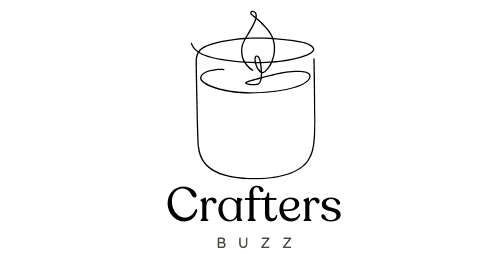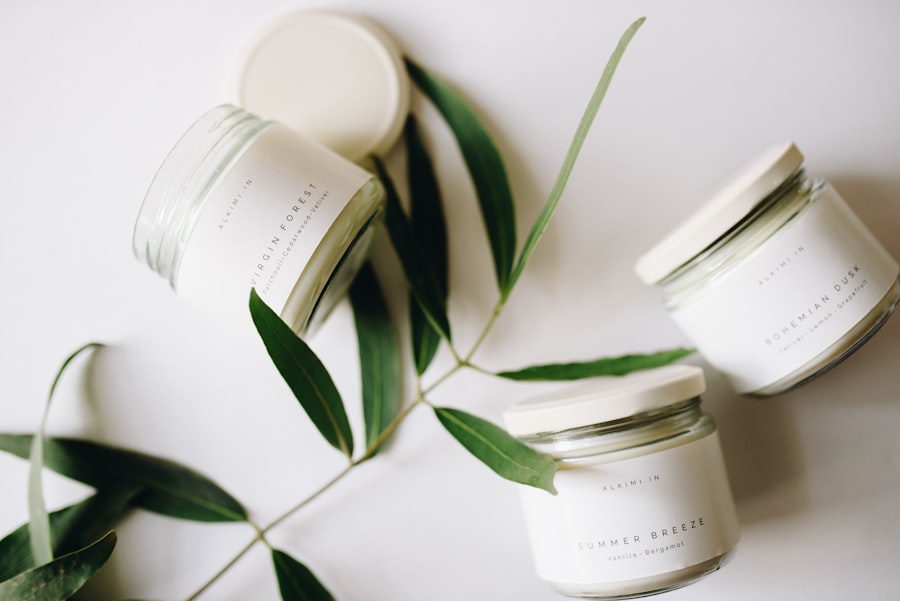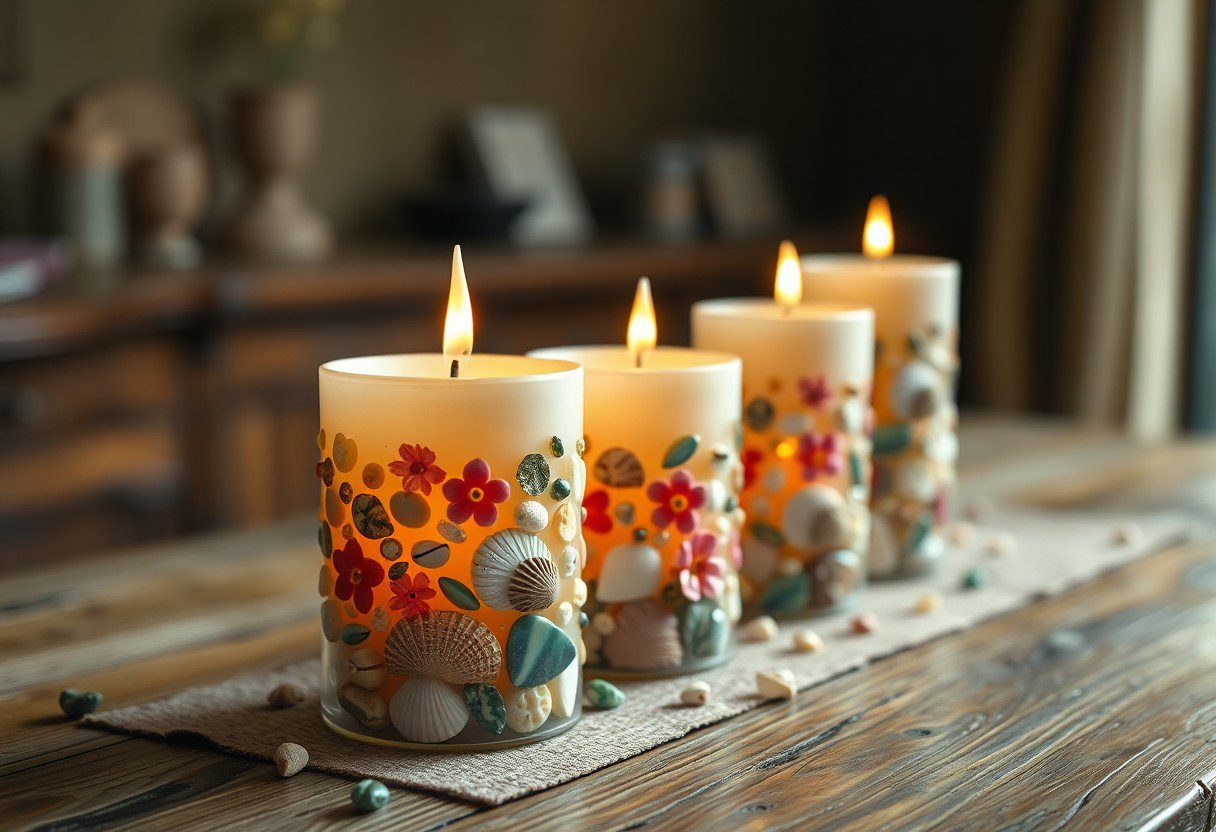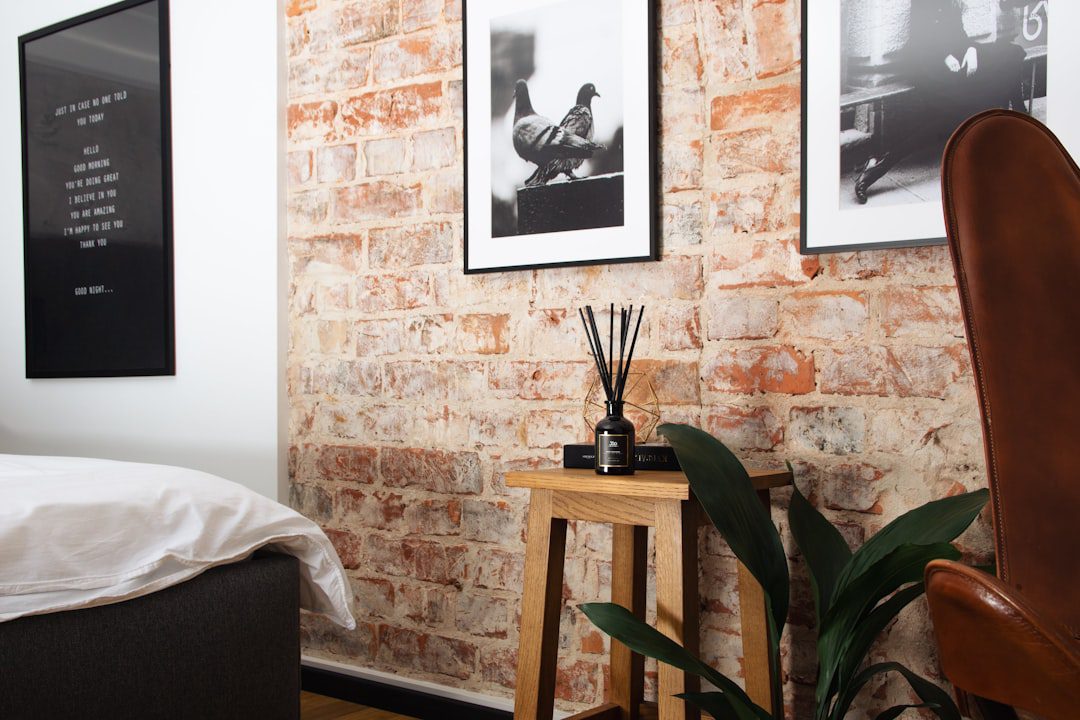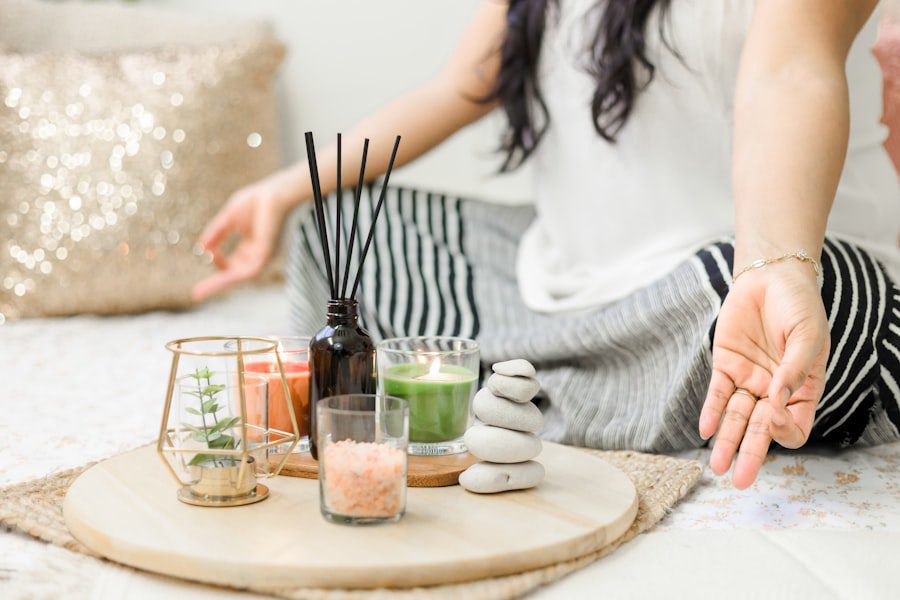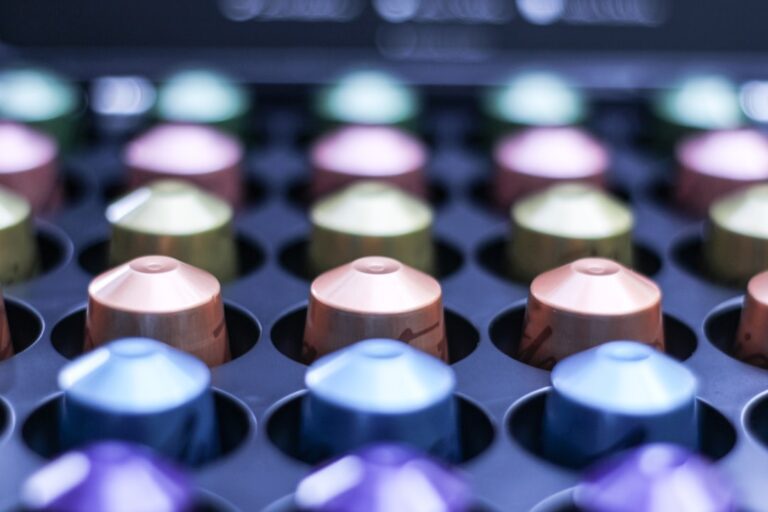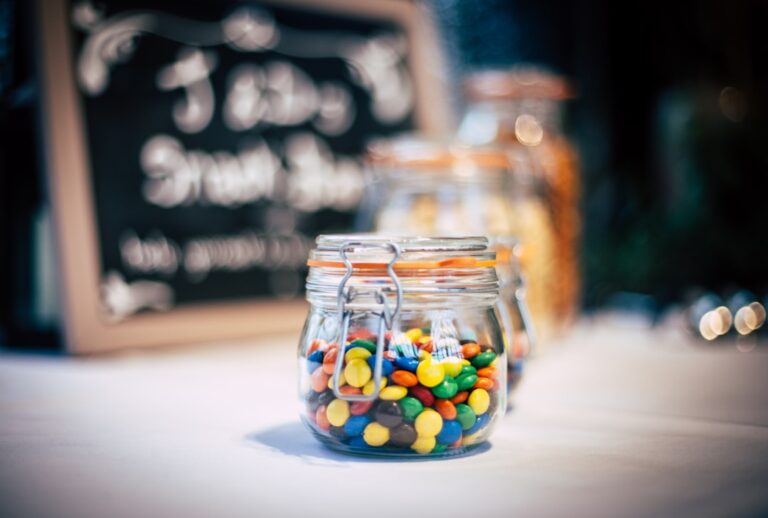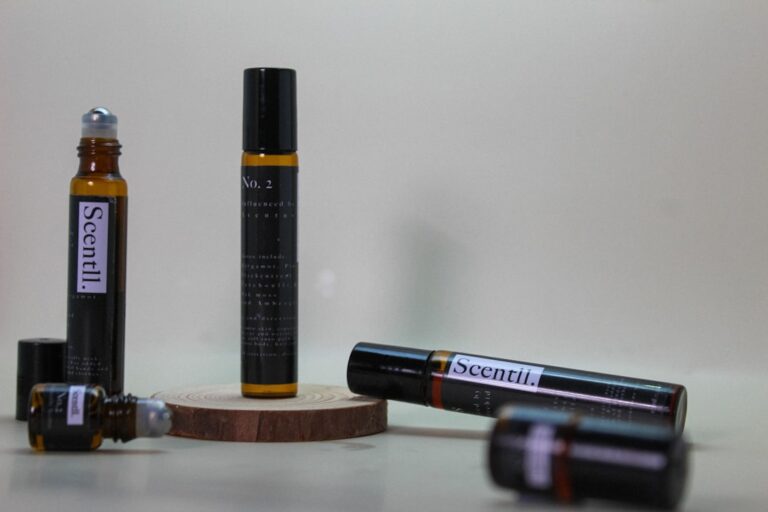Techniques for improving the scent throw of your homemade or store-bought candles.
Scent throw is a critical aspect of candle making that significantly influences the overall experience of the user. It refers to the ability of a candle to disperse its fragrance into the surrounding environment, creating an aromatic atmosphere that can evoke emotions, memories, and even enhance mood. A candle with a strong scent throw can fill a room with its fragrance, while a candle with a weak scent throw may leave the space feeling bland and uninviting.
This phenomenon is not merely about the strength of the scent; it encompasses how well the fragrance is released when the candle is lit and how far it travels within a space. The importance of scent throw extends beyond mere aesthetics; it plays a vital role in consumer satisfaction and product success. For candle makers, understanding the nuances of scent throw can lead to better product formulations and ultimately, a more loyal customer base.
A well-crafted candle that fills a room with delightful aromas can create memorable experiences for users, encouraging them to return for more. Additionally, scent throw can vary based on several factors, including the type of wax used, wick size, fragrance oil concentration, and even environmental conditions. Therefore, mastering scent throw is essential for anyone looking to create high-quality candles that resonate with consumers.
Choosing the Right Fragrance Oils
Selecting the appropriate fragrance oils is paramount in achieving an optimal scent throw. Fragrance oils come in various compositions, each with unique characteristics that can affect how they perform in candles. Some oils are designed specifically for high scent throw, while others may be more subtle.
When choosing fragrance oils, it is essential to consider their flash points—the temperature at which they can ignite. Oils with higher flash points are generally more stable and can provide a more consistent scent throw when burned. Moreover, the concentration of fragrance oils in the wax plays a significant role in scent throw.
Typically, a fragrance load of 6-10% is recommended for most waxes, but this can vary based on the specific wax type and desired intensity. It is also beneficial to experiment with different combinations of fragrance oils to create unique blends that enhance the overall scent experience. For instance, combining floral notes with earthy undertones can produce a complex aroma that captivates the senses and lingers in the air long after the candle has been extinguished.
Using the Proper Wick Size
The wick size is another crucial factor that influences scent throw in candles. A wick that is too small may not generate enough heat to melt the wax adequately, resulting in a weak scent throw. Conversely, a wick that is too large can create an overly hot burn, leading to soot production and an unpleasant burning experience.
Therefore, selecting the right wick size is essential for achieving an optimal balance between burn quality and scent dispersion. When determining the appropriate wick size, several factors must be considered, including the diameter of the candle container, the type of wax used, and the fragrance load. Candle makers often refer to wick sizing charts provided by manufacturers to find suitable options based on these parameters.
Additionally, conducting burn tests is vital to ensure that the chosen wick size produces an even melt pool and allows for effective scent throw. By carefully selecting and testing wick sizes, candle makers can enhance their products’ overall performance and customer satisfaction.
Selecting the Right Wax Type
The type of wax used in candle making significantly impacts scent throw and overall performance. Various waxes are available on the market, including paraffin, soy, beeswax, and palm wax, each with distinct properties that affect how they hold and release fragrance. Paraffin wax is known for its excellent scent throw due to its ability to hold high concentrations of fragrance oils.
However, it is derived from petroleum and may not appeal to environmentally conscious consumers. Soy wax has gained popularity as a natural alternative to paraffin. While it may not have as strong a scent throw as paraffin, it offers a cleaner burn and is biodegradable.
Additionally, soy wax has a lower melting point, which can enhance scent release when combined with appropriate fragrance oils. Beeswax is another natural option known for its subtle honey-like aroma; however, its scent throw may be less pronounced compared to other waxes. Ultimately, selecting the right wax type involves balancing personal preferences with desired performance characteristics to create candles that meet consumer expectations.
Adding Enhancers for Better Scent Throw
Incorporating enhancers into candle formulations can significantly improve scent throw and overall fragrance performance. These enhancers can take various forms, including additives designed to boost fragrance retention or improve burn quality. For instance, vybar is a popular additive used in paraffin wax that helps bind fragrance oils more effectively, resulting in a stronger scent throw when burned.
Another enhancer option is using stearin or palm wax additives that can improve the opacity and texture of candles while also enhancing scent release. Additionally, some candle makers experiment with natural additives like coconut oil or essential oils to create unique blends that not only smell great but also provide added benefits such as aromatherapy properties. By thoughtfully incorporating enhancers into their formulations, candle makers can elevate their products’ performance and create memorable sensory experiences for consumers.
Proper Candle Care and Maintenance
Proper care and maintenance of candles are essential for ensuring optimal scent throw and longevity. One of the most critical aspects of candle care is trimming the wick before each use. A well-trimmed wick—ideally around 1/4 inch—promotes an even burn and prevents excessive soot production while enhancing scent dispersion.
If the wick is too long, it can lead to a flickering flame and uneven melting of the wax, ultimately diminishing the overall fragrance experience. Additionally, storing candles in a cool, dry place away from direct sunlight can help preserve their integrity and scent quality over time. Exposure to heat or light can cause fragrance oils to degrade or evaporate, resulting in diminished scent throw when the candle is eventually burned.
Furthermore, allowing candles to cure for an appropriate amount of time before use—typically one to two weeks—can enhance their overall performance by allowing fragrance oils to bind more effectively with the wax matrix.
Experimenting with Layering and Blending Scents
Layering and blending scents offer an exciting avenue for candle makers looking to create unique olfactory experiences. By combining different fragrance oils in specific ratios or layering them within a single candle, makers can craft complex aromas that captivate users’ senses. For example, layering citrus notes with warm vanilla can evoke feelings of comfort while providing an invigorating burst of freshness.
When experimenting with blending scents, it’s essential to consider how different fragrances interact with one another. Some scents may complement each other beautifully, while others might clash or create an undesirable aroma when combined. Conducting small test batches allows candle makers to refine their blends before committing to larger production runs.
This experimentation not only enhances creativity but also enables makers to differentiate their products in a competitive market by offering unique fragrances that resonate with consumers.
Enhancing Scent Throw with Packaging and Presentation
The packaging and presentation of candles play a significant role in enhancing their perceived value and overall appeal. While this aspect may seem secondary compared to formulation techniques, it can greatly influence consumer purchasing decisions and experiences. Attractive packaging can draw attention on store shelves or online platforms while also conveying information about the product’s quality and intended use.
Incorporating elements such as decorative labels or elegant containers can elevate a candle’s aesthetic appeal while also serving practical purposes like preserving scent quality. For instance, using glass containers with tight-fitting lids can help retain fragrance when candles are not in use by minimizing exposure to air. Additionally, thoughtful presentation—such as including care instructions or pairing candles with complementary products—can enhance customer satisfaction and encourage repeat purchases.
By focusing on both formulation and presentation aspects, candle makers can create products that not only smell delightful but also look appealing on display or as gifts.
If you’re looking to enhance the scent throw of your homemade or store-bought candles, you may also be interested in learning how to care for your candles properly. This article provides valuable tips on how to extend the life of your candles and ensure they burn evenly. By following these care instructions, you can maximize the fragrance and longevity of your candles, creating a more enjoyable and aromatic experience for yourself and others.
FAQs
What is scent throw in candles?
Scent throw refers to the strength and distribution of the fragrance released by a candle when it is burning. A strong scent throw means that the fragrance is noticeable and fills the room, while a weak scent throw means that the fragrance is not as noticeable or does not travel far.
How can I improve the scent throw of my homemade candles?
To improve the scent throw of homemade candles, you can use high-quality fragrance oils, ensure proper wax and wick selection, and allow the candle to cure for a longer period of time. Additionally, using the correct amount of fragrance oil for the type of wax being used can also improve scent throw.
How can I improve the scent throw of store-bought candles?
To improve the scent throw of store-bought candles, you can trim the wick before each use, burn the candle for longer periods of time to create a full melt pool, and place the candle in a smaller room or enclosed space to enhance the fragrance diffusion.
What are some techniques for enhancing the scent throw of candles?
Some techniques for enhancing the scent throw of candles include using a candle warmer or diffuser, placing the candle in a draft-free area, and using multiple candles in the same room to create a stronger overall fragrance. Additionally, rotating the location of the candle within a room can help distribute the fragrance more evenly.
